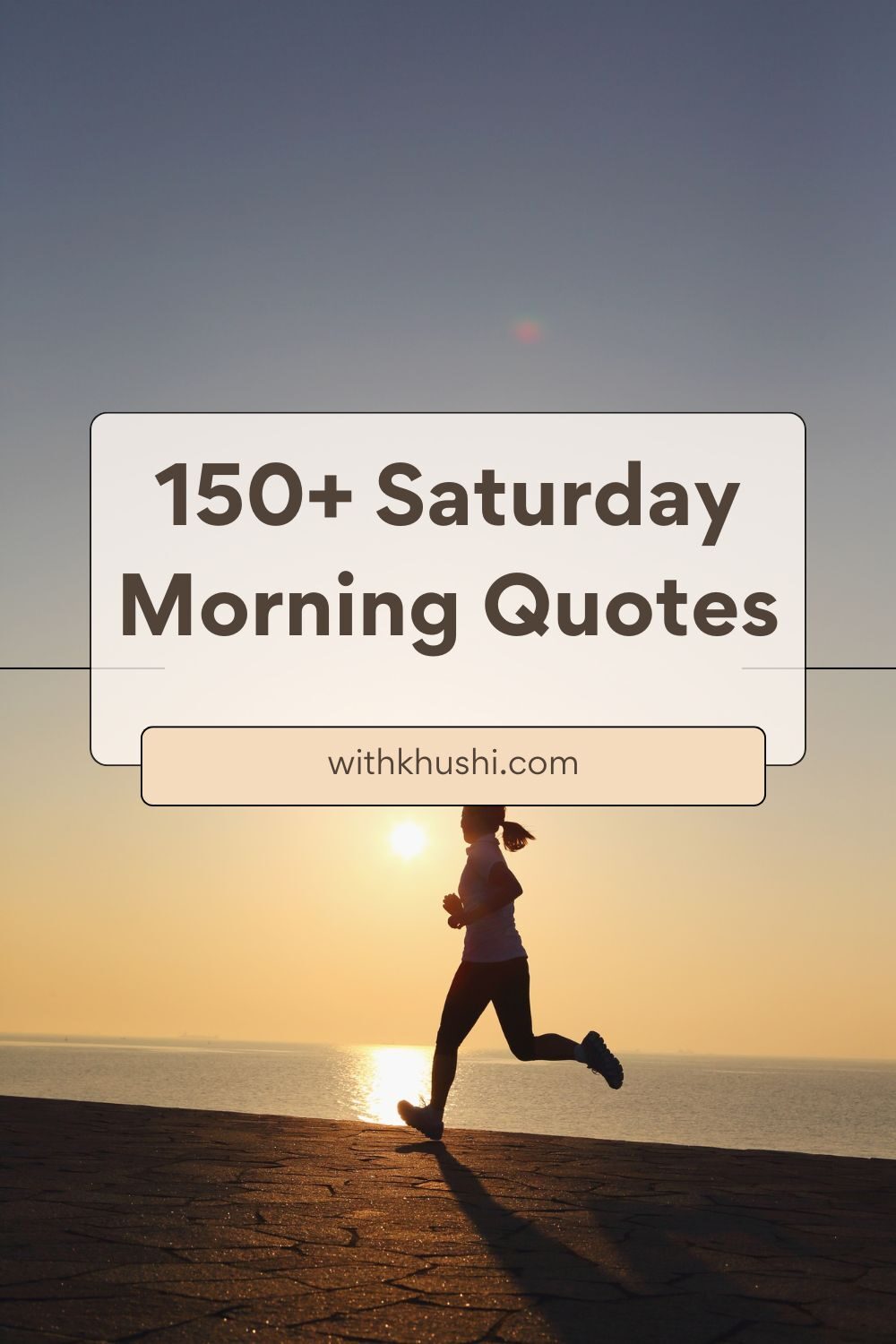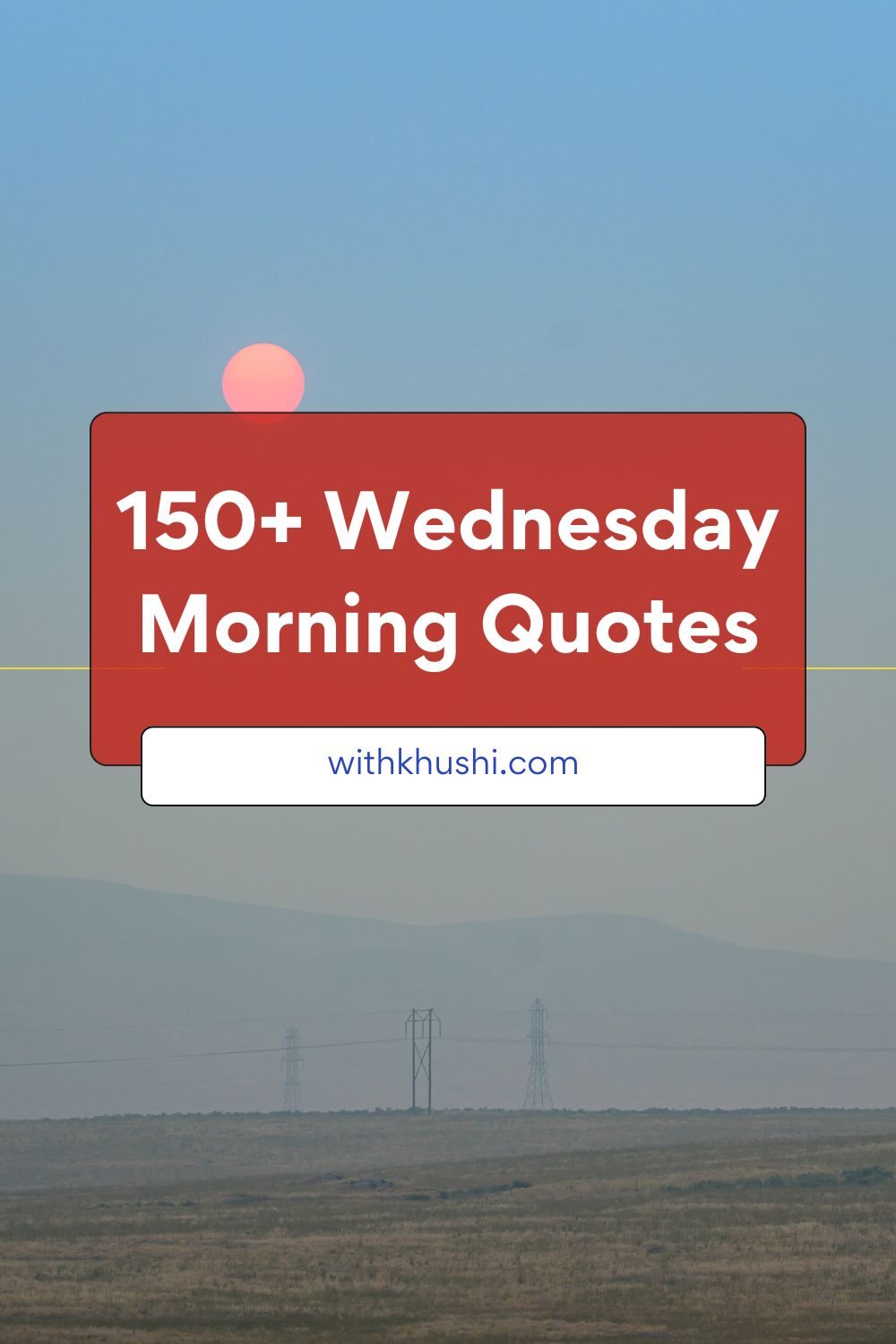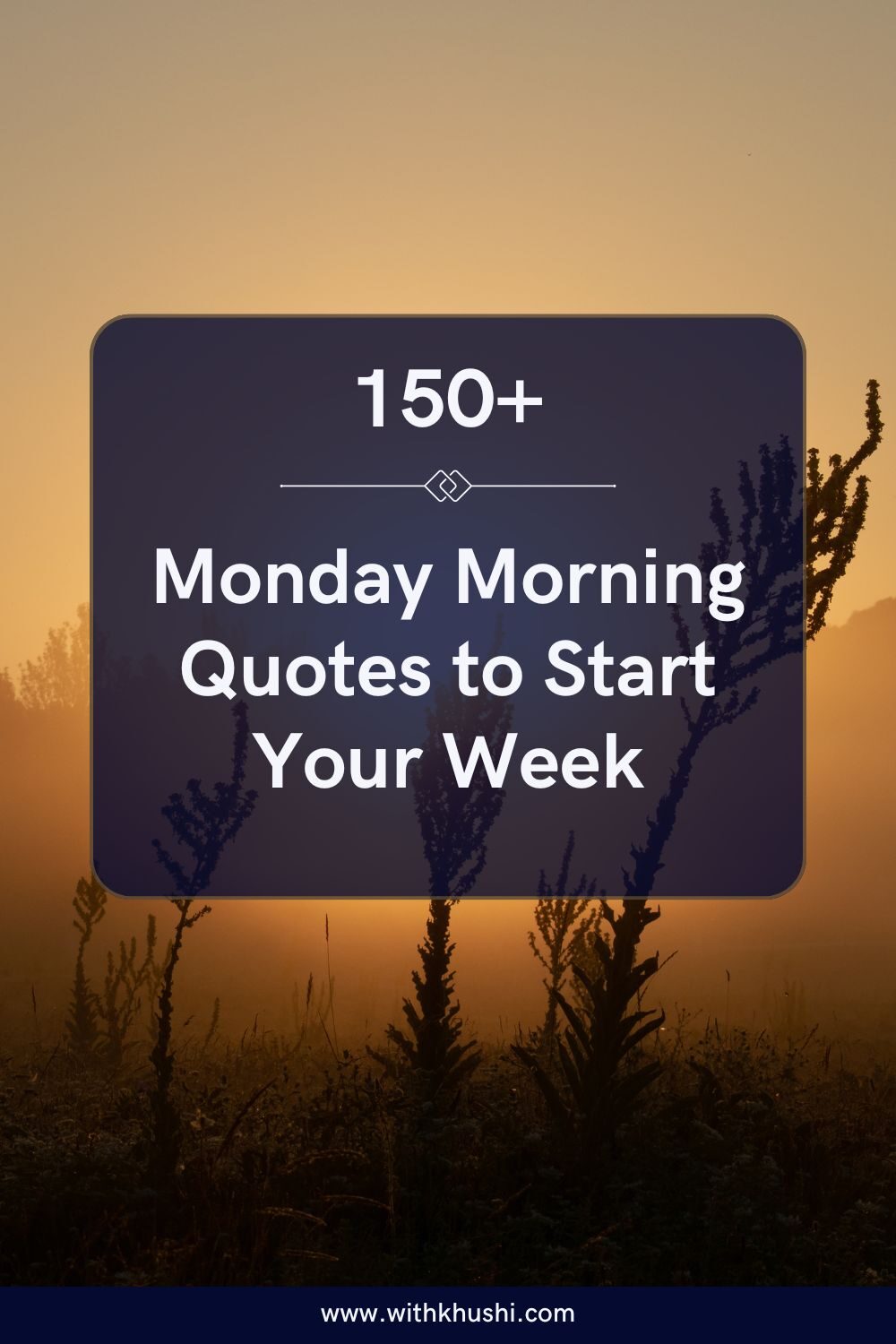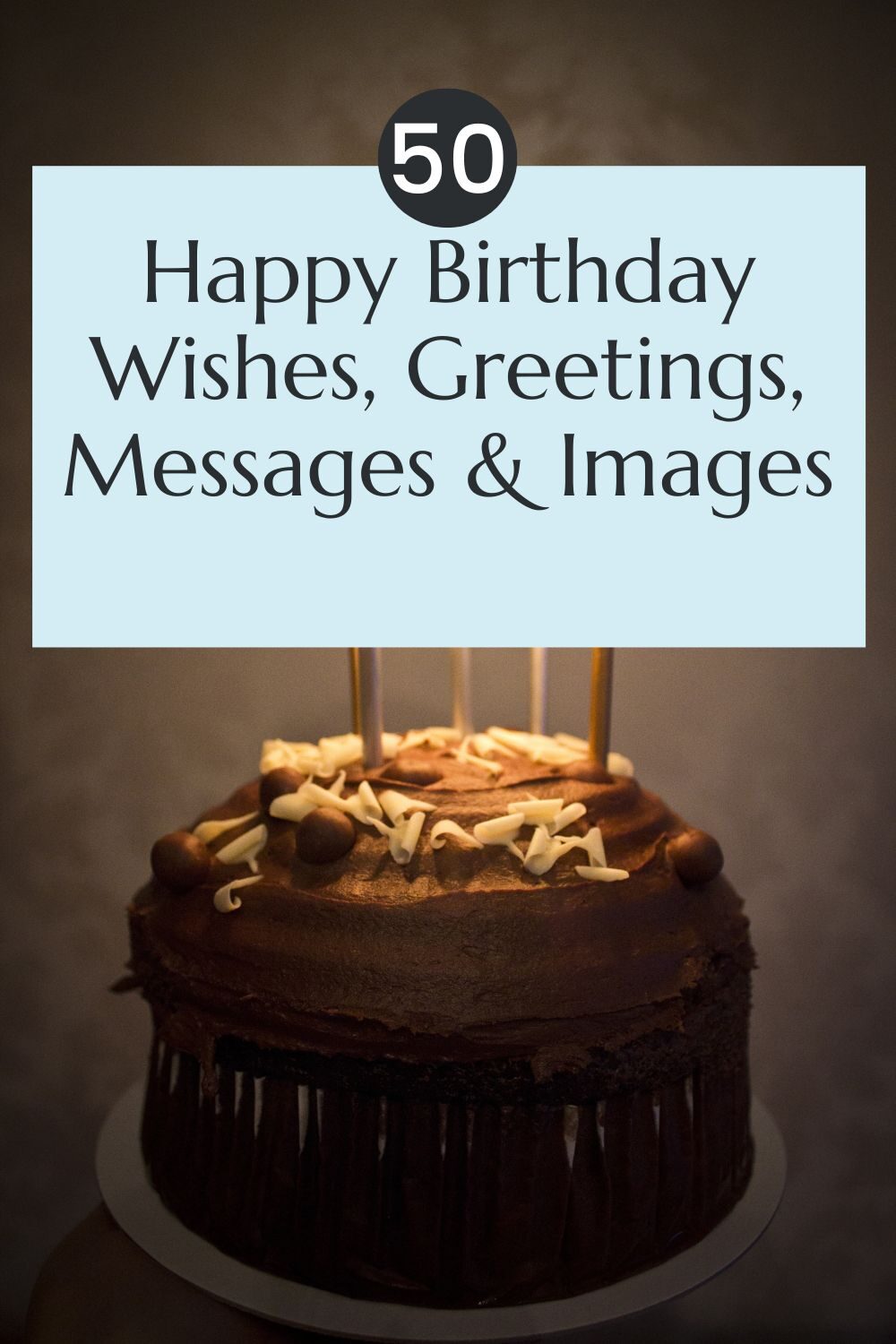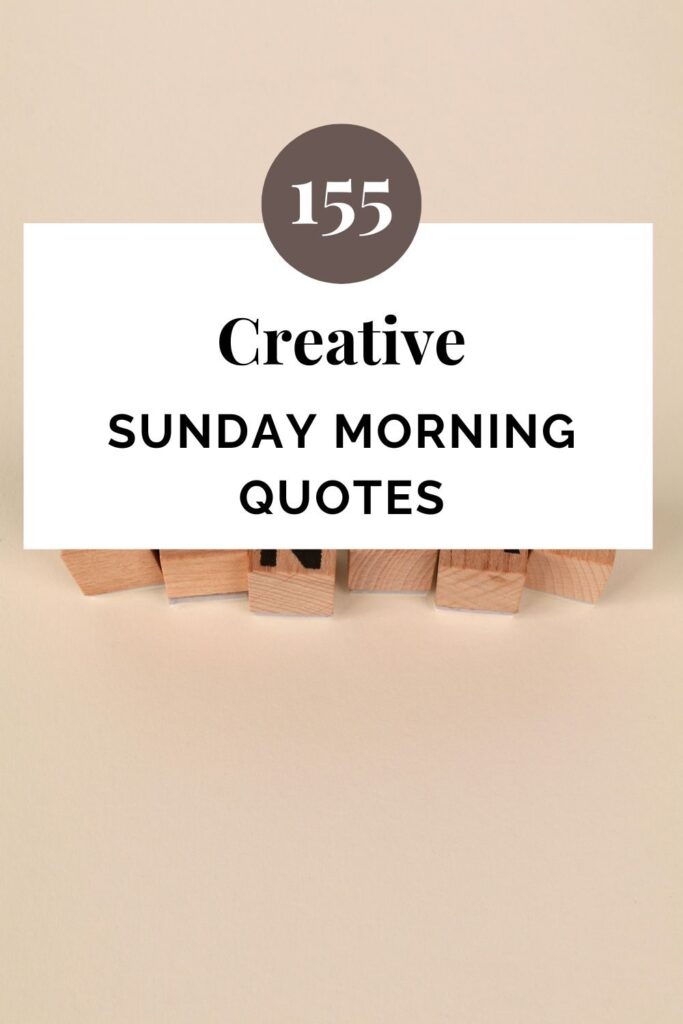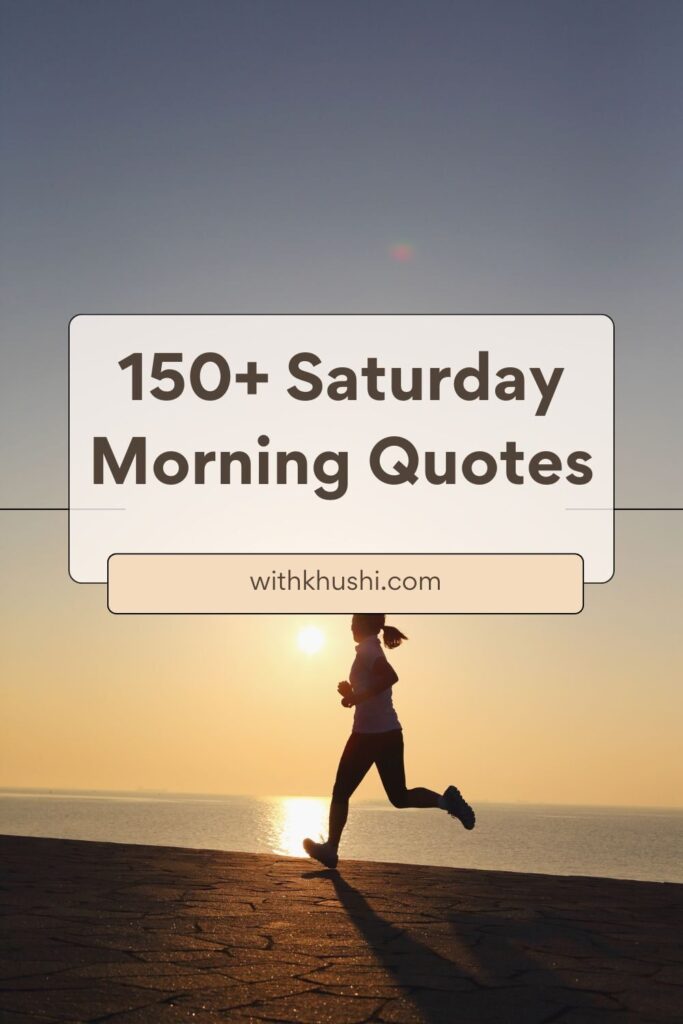Sometimes, simply saying “My name is Khushi” feels a little too plain. Maybe you want to make a stronger first impression, sound more creative, or add a touch of personality to how you introduce yourself. Whether you’re meeting new people at work, starting a conversation at a social event, or writing an introduction online, the way you present your name can set the tone for how people remember you.
Think about it: your introduction is the very first thing others hear about you. That moment is a perfect opportunity to stand out. When you use something a bit different than the standard “My name is Khushi,” you can sound more confident, warm, and engaging. It helps you connect more quickly, break the ice, and even spark conversation.
You don’t have to be overly dramatic or force humor if it doesn’t feel natural. The trick is to choose an alternative that fits your style and the situation you’re in. For example, a casual meetup might call for something playful, while a professional networking event could benefit from a polished alternative.
In this guide, you’ll discover 10 creative, practical, and memorable ways to say “My name is” without sounding like everyone else. Each option comes with tips, examples, and suggestions on when to use it. By the end, you’ll have a set of fresh phrases ready for your next introduction—whether it’s face-to-face, in an email, or on social media.
Let’s explore how you can make your introductions as unforgettable as your name.
1. “I’m…”
One of the simplest alternatives to “My name is” is just saying, “I’m [your name].” It feels natural, casual, and friendly, making it perfect for everyday conversations.
When you use “I’m,” it sounds less formal and more approachable. This is especially helpful when meeting someone in a relaxed setting like a coffee shop, a casual gathering, or even during small talk with colleagues.
For example:
- “Hi, I’m Khushi.”
- “I’m James, nice to meet you.”
This approach works well because it’s short, direct, and easy for the other person to respond to. It also allows you to follow up with something personal about yourself to keep the conversation flowing.
You can make it more engaging by pairing it with a warm smile or a friendly handshake. Body language plays a huge role in how people perceive you, and “I’m” leaves plenty of room for personality to shine through.
If you want to sound slightly more confident, add your role or interest:
- “I’m Daniel, and I help businesses grow online.”
- “I’m Rachel, a passionate home baker.”
Keep it natural, and you’ll make people feel comfortable right away.
2. “It’s [Khushi].”
Using “It’s [name]” feels relaxed but still confident. It’s great when someone already knows they’re meeting you but needs a reminder of your name.
For example, if you’re joining a group where your name was mentioned beforehand, you might say:
- “It’s Emily. Great to finally meet you.”
- “It’s Mark, we spoke on the phone last week.”
This phrase works in both casual and professional situations. It subtly signals familiarity without being too forward. You’re essentially confirming your identity rather than introducing it for the first time.
The tone matters here. A warm, upbeat delivery makes you sound friendly. If you sound flat or rushed, it might come across as dismissive, so make sure your energy matches the setting.
In writing, “It’s [name]” can also work well in short introductions via text or chat, especially if you’ve been in prior contact. For example:
- “Hey, it’s Jenna from the design team.”
- “It’s Chris—we met at the conference last month.”
This method is understated yet memorable because it focuses on making the other person feel like they already know you.
3. “Call me…”
“Call me…” is playful and personal, and it’s a great way to introduce yourself with a nickname, pen name, or a name you prefer people use.
This is especially useful if your full name is long or hard to pronounce, or if you have a name you use in creative or informal spaces.
For example:
- “Call me Sam.”
- “Call me Dee—it’s short for Deandra.”
It instantly sets a casual tone and invites the other person to connect with you in a more relaxed way. This phrase can also work in professional settings if you want to make your name easy to remember.
One tip: if your nickname is unique, pair it with a small explanation or story. This gives the person something to remember you by. For example:
- “Call me Jax—my friends started calling me that in college and it stuck.”
- “Call me Sunny—it’s a nickname my grandmother gave me.”
By offering a personal detail, you not only introduce your name but also open a window for further conversation.
4. “People know me as…”
This option is intriguing because it makes people curious. “People know me as…” works especially well if you have a professional reputation, online presence, or are known for a certain skill.
Examples:
- “People know me as the local coffee expert.”
- “People know me as Alex from the marketing team.”
It’s both an introduction and a subtle way to highlight your expertise or identity. If you want to create a personal brand, this can be an effective phrase to use.
It also works in creative or networking environments where standing out matters. You could say:
- “People know me as Bella, the one who takes all the event photos.”
- “People know me as Ray, the voice behind the podcast.”
It’s important to keep the tone confident yet approachable. This phrase should feel like an invitation for others to ask questions about what you do or how you got that title.
5. “I go by…”
“I go by…” is perfect for letting people know what name you prefer, especially if it’s different from your legal name.
This works well in multicultural environments where pronunciation can vary, or when your official name has multiple possible nicknames.
Examples:
- “I go by Chris.”
- “I go by Lila—it’s easier to remember.”
This phrase feels friendly but still gives you control over how people address you. It’s also handy in professional emails or first-day introductions when you want to set the tone for future interactions.
You can make it more memorable by adding a little detail:
- “I go by Max—short for Maxwell, like the coffee brand.”
- “I go by Elle—my parents named me Elizabeth, but this feels more me.”
It’s a subtle way to make people remember your name while respecting your preferences.
6. “They call me…”
“They call me…” adds personality and can be playful, mysterious, or even humorous depending on how you use it.
Examples:
- “They call me Speedy—I’m always the first to finish projects.”
- “They call me Red because of my hair.”
It’s especially useful in casual or creative circles where people are comfortable with humor and nicknames. It can also be a great conversation starter.
This phrase works best when there’s a story behind it. If you can share a quick, lighthearted reason for your nickname, you’ll instantly become more memorable.
For example:
- “They call me Doc—I’m the go-to person for fixing things.”
- “They call me Captain because I’m always organizing group trips.”
Just remember to use it in settings where playfulness is welcome. In very formal situations, it might sound out of place unless it’s followed by your actual name for clarity.
7. “Allow me to introduce myself…”
This phrase feels polished and a little old-fashioned, but in the right setting, it can make a lasting impression. It works well in professional or formal environments where you want to show respect and confidence.
Examples:
- “Allow me to introduce myself—I’m Jonathan Clarke, the project coordinator.”
- “Allow me to introduce myself—my name is Priya Sharma, and I’ll be leading today’s workshop.”
It’s also great for public speaking, presentations, or networking events where you want to sound prepared and professional.
To avoid sounding stiff, pair this phrase with a warm tone and a genuine smile. You can also follow it up with a relevant detail:
- “Allow me to introduce myself—I’m Maria, your point of contact for all event arrangements.”
This method communicates both your name and your role in a way that feels authoritative yet welcoming.
8. “For those who don’t know me…”
This phrase works well when you’re addressing a group where some people may already know you but others don’t. It’s friendly, inclusive, and conversational.
Examples:
- “For those who don’t know me, I’m Olivia.”
- “For those who don’t know me, my name’s Jack, and I’m part of the creative team.”
It’s ideal for team meetings, public speaking, or community events. It acknowledges the mix of familiarity and new introductions without making anyone feel left out.
You can make it even more engaging by adding a quick, personal fact:
- “For those who don’t know me, I’m Sam, and I love bringing big ideas to life.”
- “For those who don’t know me, I’m Nina, your neighborhood yoga instructor.”
It’s casual enough for everyday use but polished enough for semi-formal settings.
9. “You can call me…”
This phrase is a warm invitation for others to address you in the way you prefer. It’s casual, adaptable, and works in almost any setting.
Examples:
- “You can call me Jess.”
- “You can call me Ray—it’s easier than my full name.”
It’s especially handy if you have multiple names, a formal name, or a name that’s tricky to pronounce. It’s a friendly way of saying, “Here’s what works best for me.”
Adding a small detail can make it more memorable:
- “You can call me Mike—short for Michael, but only my mom uses that.”
- “You can call me Tasha—everyone does.”
This phrase keeps things light and personal, while still being professional enough to use in most scenarios.
10. “The name’s…”
“The name’s…” has a confident, stylish feel. It’s direct but has a bit of flair, which makes it fun for introductions.
Examples:
- “The name’s Carter. James Carter.”
- “The name’s Mia. Just Mia.”
It works best when you want to sound self-assured and memorable. Because it has a slightly dramatic tone, it’s often used in casual or creative contexts rather than strictly formal situations.
This phrase can also be paired with humor or a fun twist:
- “The name’s Leo, but I promise I’m not the celebrity.”
- “The name’s Brooke—like the river, not the book.”
When delivered with the right energy, “The name’s…” can leave a lasting impression while making the interaction more enjoyable.
Conclusion
The way you introduce yourself is more than just a formality—it’s the first step in shaping how others see you. While “My name is” works perfectly fine, exploring alternative phrases can help you stand out, express personality, and create stronger connections.
Whether you choose the simple “I’m,” the friendly “You can call me,” or the confident “The name’s,” each option offers a unique tone and style. The key is to match your introduction to the situation, your comfort level, and the impression you want to leave.
The next time you meet someone new, try one of these 10 alternatives and notice how it changes the flow of the conversation. You might be surprised at how a small shift in words can lead to bigger, more memorable interactions.
Your name is the first thing people learn about you—make sure you say it in a way they’ll remember.
FAQs
1. Why should I use an alternative to “My name is”?
Using alternatives can make your introduction sound more engaging, memorable, and suited to the tone of the situation.
2. Which phrase is best for professional settings?
Phrases like “Allow me to introduce myself” or “For those who don’t know me” work well for formal environments.
3. Can I use nicknames in professional introductions?
Yes, if the nickname is easy to remember and feels appropriate for the setting.
4. What’s the most casual alternative?
“I’m…” and “It’s [name]” are relaxed, everyday options.
5. How can I make my introduction more memorable?
Pair your name with a small, interesting detail or story to help people remember you.


